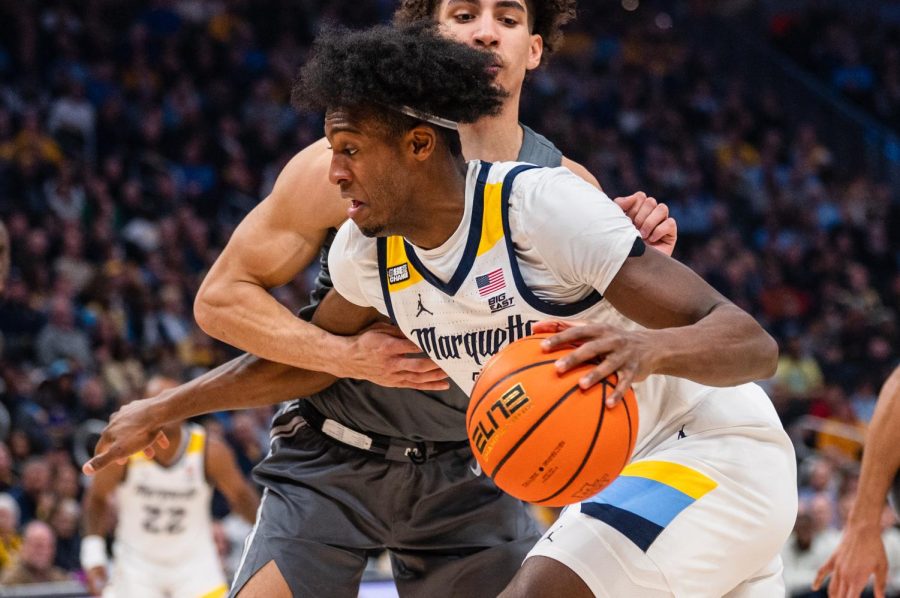With the men’s college basketball regular season in the books, there are only a few things left to sort out.
The ever-present bubble, which would be the talk of the nation had Charlie Sheen not flooded the culture with tiger blood, is still intact, but the conference tournaments and the NCAA Tournament selection committee will eventually sort that out.
One discussion remains that cannot be resolved and that will always linger is the one concerned with conference supremacy.
Will it really always linger, though? Or has an alpha dog emerged from the pack of major basketball conferences?
If you could borrow my brain for five seconds, you’d realize that, once again, the basketball conference tournament with the best slate of games and strongest teams — the one that makes the Pac-10 and ACC look like droopy-eyed, armless children — has to be the Big East.
Check out all the Adonis DNA in the Big East Tournament field: Providence’s Marshon Brooks and Connecticut’s Kemba Walker, two of the top seven scorers in the country. Seton Hall’s Jeremy Hazell, Marquette’s Jimmy Butler and Villanova’s Corey Fisher are just the players who finished in the bottom half of the conference, forced to play games today.
Guys like Louisville’s Preston Knowles and Notre Dame’s Ben Hansbrough and teams like Pittsburgh and Syracuse lurk in the third round, waiting for the winning teams from today and tomorrow.
Broadcasts of these tournament tilts should come with a “your face will melt off and your children will weep over your exploded body” disclaimer, just in case people accustomed to the substandard basketball of other conferences dare to tune in.
And this isn’t just big talk from somebody looking at the world through Big East-colored Chris Otule goggles. I brought some numerical guns to this knife fight, which are what I need to dismiss the clowns who think the Big East is overrated.
With 12 teams in the top 100, the conference leads the nation in RPI, a number used by the NCAA that combines a team’s winning percentage, opponents’ winning percentages and opponents’ opponents’ winning percentages and crunches them into one convenient ranking.
In fact, if the 16-team Big East hypothetically split into two eight-team leagues based on this season’s regular season finish (odd finishers in one smaller conference and even finishers in another), both of those smaller conferences would still be ahead of the Big Ten, the league with the second-highest RPI average.
The Big East also leads the way with 11 tournament bids in most bracket projections, and it’s not only because of its massive size. There’s a deep level of quality, as well.
Let’s revisit the split-conference hypothetical. One of the smaller leagues would have six out of eight teams projected in the tournament and the other, five. Currently, the ACC and Big Ten each have six projected bids — with 12 and 11 teams in those respective leagues.
Strength of schedule assessments also show how much tougher life is in the Big East compared to the cushy SEC or Big 12. In a 10-game stretch between Jan. 8 and Feb. 13, Marquette played eight teams ranked in the top 16 in the ESPN/USA Today coaches’ poll, with other Big East schools facing similar stretches of games at various points this season.
When it comes to uber-competitive games, teams in the Big East probably take more than any team could survive. Because that’s how they roll.
So when you sit down to watch the Big East tournament, especially the later rounds, consider yourself warned that your bones just may melt like wax. These teams will have to fight tooth-and-nail to win the toughest conference tournament in the land, and it won’t be pretty.
Once the results are in the books, teams nationwide will have to be wary of Big East teams in their NCAA Tournament regions.
If they hope to knock off these squads, they’ll have to read the directions before showing up for the party.








